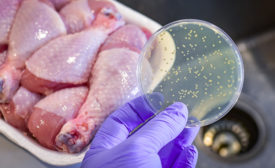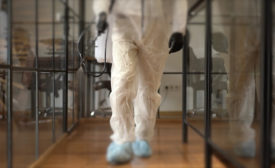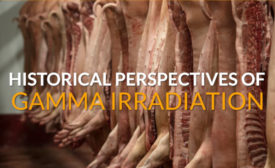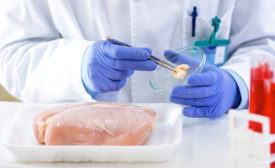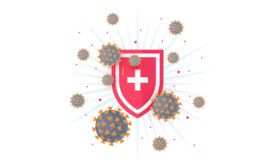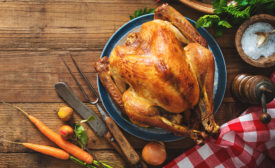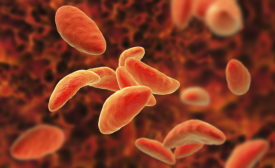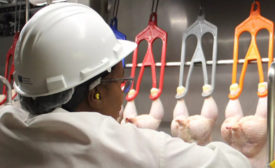Food Safety
Antimicrobial spraying is serious business
Food safety is typically top of mind when processors spray antimicrobials on meat and poultry, but protecting workers also is essential.
Read More
Stay ahead of the curve. Unlock a dose of cutting-edge insights.
Receive our premium content directly to your inbox.
SIGN-UP TODAYCopyright ©2025. All Rights Reserved BNP Media.
Design, CMS, Hosting & Web Development :: ePublishing
